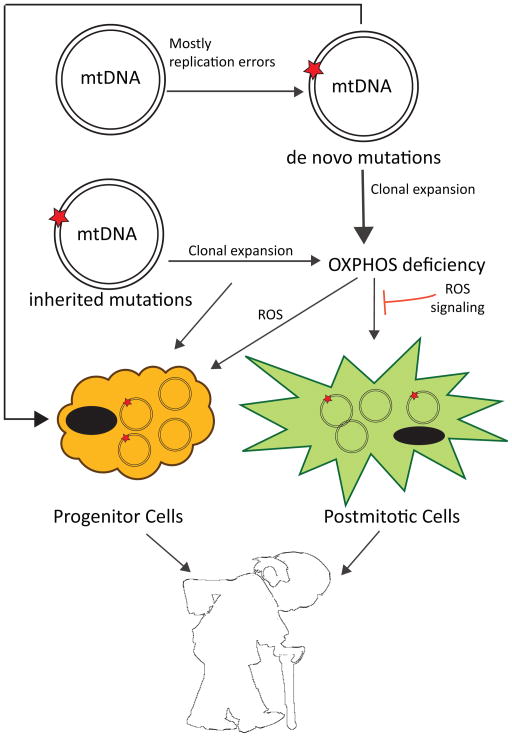Figure 1. Proposed mechanisms to explain the role of mtDNA damage to the aging process.
mtDNA mutations can be generated during life or inherited. Both types can accumulate during life, potentially to the point where an OXPHOS defect is generated. This defect may increase superoxide (and other reactive oxygen species) generation, which in theory could further damage the mtDNA. However, experimental evidence of this vicious cycle lacks. Reactive oxygen species are more likely signals triggering protective effects. Recent studies suggest that not only postmitotic cells, but also progenitor cells seem be an important cellular target of mtDNA damage.

